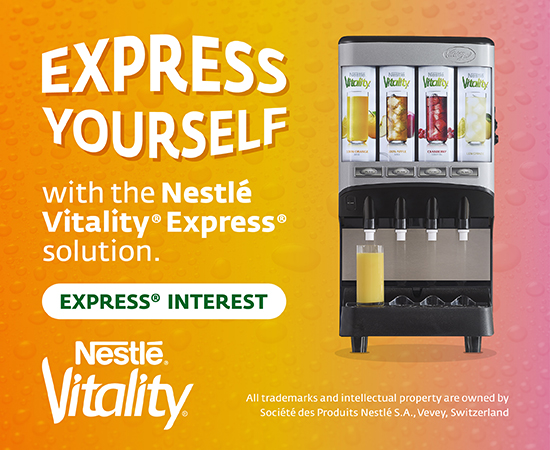From booking stays to accessing guestrooms and requesting amenities, today’s guests have made their preferences for immediate service overwhelmingly clear to hoteliers. Yet when it comes to food and beverage, hospitality professionals are often at a loss over how to convert such a basic and essential commodity into a service that generates a profit while living up to guest expectations.
Evidence indicates that more hotels are cutting back on F&B operations. A 2015 STR report states that 85 percent of properties built in the U.S. did not include a restaurant. Instead, technology is serving as a means to preserve an otherwise diminishing source of revenue. A growing number of hotels are implementing automated minibar platforms not only to increase on-site sales but also to cater to guests’ desires and enhance convenience in a way that is affordable and reflects the evolving perception of service value.
Manual vs. Automatic Minibars
Due to an outwardly similar appearance and the fact that automated technology is relatively new and sometimes misunderstood, automated minibars are occasionally overlooked or paired with manual counterparts when hoteliers are considering efficiency and ROI. Yet from how inventory is ordered, stocked, and managed to how purchases are tracked and billed, the two forms of minibar service could not be any further apart.
Since first introduced to the hospitality industry, manual minibars have earned an infamous reputation for requiring vast amounts of labor and resources to individually check and restock minibar items in each guestroom. They also required manually reporting any purchases to the front desk, which was often inaccurate.
The industry responded by turning to automated minibars created to overcome such issues that often lead to a drain on revenue. With the use of built-in sensors and an online network connection, automated minibars offer the ability to track inventory levels and guest consumption in real time, without the need for staff members to ever set foot inside a guestroom with no minibar activity. This function alone completely eliminates time-consuming daily visits to each guestroom.
Automated minibars are also equipped with expiration tracking software, replacing the daunting task of routinely checking expiration dates on perishable items. By alerting staff to specific minibar products that are set to expire, hotels with this automated technology can ensure that all minibar products are fresh and that inventory is not needlessly wasted, all the while saving time and the cost of labor.
Adapting Services to Change with the Times
With more hotels seeking out new ways to address growing demands for immediate, convenient, and personalized service, it’s not surprising that sales of automated minibars are on the rise. An amenity that is always readily at hand, automated minibars cater to the impulsive purchase behaviors of guests. Yet the reduced operations cost allows hoteliers to offer products at much lower prices and still ensure a healthy profit. Automated minibars also allow hoteliers to offer a greater range of items, such as gourmet food or top-shelf wines. Non-refrigerated automated minibar trays expand hotels’ ability to offer items such as high-end chocolates, souvenirs, or toiletries for a more personalized service.
Like so many hotel amenities, minibars have evolved to remain relevant to hotel and guest needs. Automated minibars respond to that need, catering to today’s guest with convenient and personalized service. And just as important for any property, automated minibars allow hoteliers to enhance guest satisfaction in a way that is affordable and ensures sustainable profits.
About the Author
Bruno Agrario is the vice president of sales and marketing for Bartech.
Photo courtesy of Bartech.











